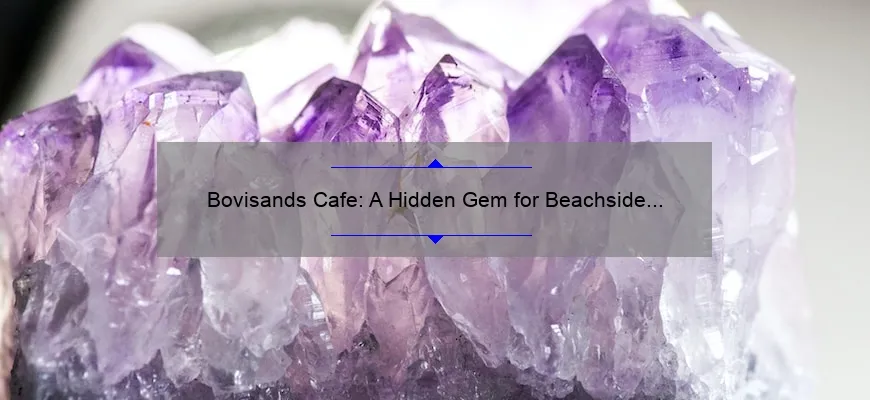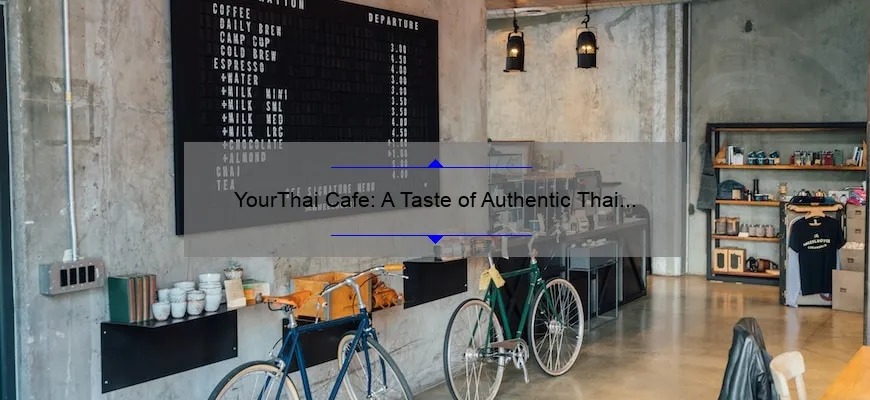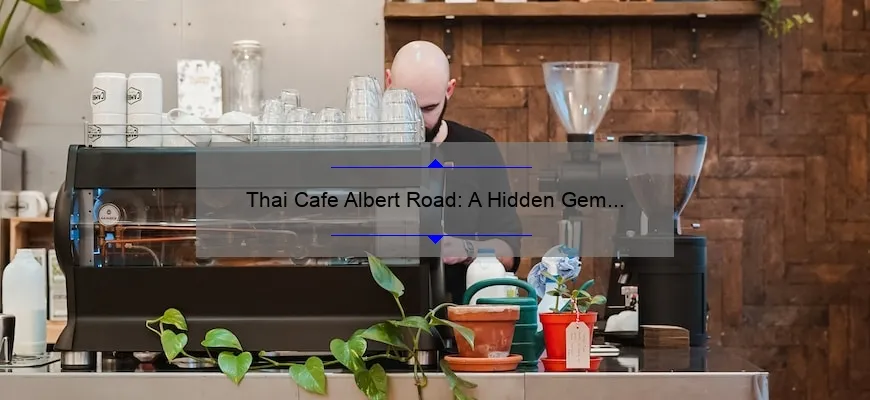Short answer for cafe racing:
Cafe racing began in 1950s Britain, where young riders modified their motorcycles to improve speed and handling. Its sleek style and focus on performance over comfort inspired a generation of motorcyclists. Today, cafe racing remains popular worldwide as a subculture that celebrates retro bikes and classic design principles.
How to Get Started in Cafe Racing: Tips and Tricks for Beginners
Cafe racing is one of the most exciting and thrilling motorcycle racing categories out there. It’s a sport that combines speed with style and requires a certain level of skill, dedication, and passion from its riders. For those who want to get started in cafe racing, it can be a little intimidating at first. But don’t worry! We’re going to provide you with some tips and tricks for beginners that will help you get started in this exhilarating world of motorcycle racing.
Tip #1: Get Yourself a Suitable Bike
The first thing you’ll need to do is find yourself a suitable bike for cafe racing. You don’t necessarily need the most expensive or newest motorcycle on the market but make sure you choose something that matches your skill level, fits your budget and isn’t too heavy. Some popular options include the Honda CB series, Suzuki GS series or Yamaha SR series as they are all lightweight motorcycles which handle well on the roads.
Tip #2: Practice Racing Techniques
Once you have acquired an appropriate bike for cafe racing, start practicing essential techniques such as leaning through corners and keeping your balance while changing gears at high speeds which will help enhance your experience during races.
Tip #3: Upgrade Your Bike’s Performance
To ensure your bike performs optimally during cafe races – upgrade! This includes replacing tires if necessary or adjusting forks standard ones could be too soft during cafe races making bouncing an issue.
Tip #4: Join Clubs & Competitions
Joining clubs allows beginners to learn from experienced riders further enhancing their skills before venturing into competitions where they can apply provided tips fully alongside their proficient polishing polish riding capabilities winning them contests instantly or overpowering opponents who may not have enough practice prior events.
Tip #5: Gear Up Properly!
Safety measures are key when participating in any sport; Ensure that you have significant gear such as helmet breathable leather riding clothing boots gloves goggles safety pads where necessary since it reduces injuries by a considerable percentage making it more comfortable to ride when safe.
In conclusion, as a beginner in cafe racing, you must gear up properly and master essential techniques such as leaning through corners and keeping balance while changing gears at high speeds. Additionally, finding an appropriate motorcycle within your budget that matches your skill level is recommended. Finally, upgrade your bike to improve its performance! Joining clubs for guidance and practicing before competitions are vital aspects of the sport where beginners acquire proficient skills needed for optimal performances during events. Remember: safety is paramount; ensure you have protective gear onboard before venturing into any contests and have fun!
Step-by-Step Guide to Building Your Own Cafe Racer Motorcycle
Cafe racers are an iconic style of motorcycle, with a history steeped in rebellion and a sleek, stripped down aesthetic. If you’ve always wanted to build your own cafe racer but didn’t know where to begin, fear not – we’ve got you covered! Here is our step-by-step guide to building your own cafe racer motorcycle.
Step 1: Choose Your Base Bike
The first step in building a cafe racer is choosing the right bike. Look for something lightweight and nimble, with a classic look that can be easily customized. Popular base bikes include vintage Triumphs, Hondas, and Yamaha XS650s.
Step 2: Plan Your Build
Before you start making modifications or tearing apart your bike, it’s important to have a plan. Sketch out what modifications you want to make and source the necessary parts before diving into the build.
Step 3: Strip It Down
Cafe racers are all about minimalism, so start by stripping down your bike’s unnecessary parts. Remove excess bodywork and accessories until you’re left with just the essential components.
Step 4: Modify Your Frame
Many cafe racers have modified frames that sit lower to the ground and have more aggressive lines. Whether you modify your existing frame or replace it completely depends on your vision for the final product.
Step 5: Upgrade Your Suspension
A cafe racer‘s suspension should be stiffened up for optimal handling at high speeds. Upgrading shocks and fork springs will give you better control over your ride.
Step 6: Choose Your Wheels & Tires
Choosing the right wheels and tires can make or break a cafe racer build. Opt for lightweight wheels with a classic look that complement the styling of your bike. And splurge on quality tires – they’re essential for keeping you safe on those speedy rides!
Step 7: Install Clip-On Handlebars & Rear-Set Footpegs
Clip-on handlebars and rear-set footpegs are standard on cafe racers, contributing to the rider’s forward-leaning position. These modifications may take some getting used to but will ultimately improve your control and handling.
Step 8: Choose Your Exhaust System
A cafe racer‘s exhaust system should be loud and bold, but also effective in maintaining a high-performance ride. Look for aftermarket exhaust options that increase horsepower while still looking sleek.
Step 9: Finish with Stylish Accents
Finally, add the finishing touches that give your bike its unique personality. Whether it’s a custom quarter fairing or vintage-style leather seat, these accents will complete the look of your cafe racer.
Building your own cafe racer can be an incredibly rewarding experience for any motorcycle lover. Follow these steps and remember to have fun along the way – after all, building a cafe racer is as much about creativity as it is about mechanics!
Cafe Racing FAQ: Answers to Common Questions About Style, Safety, and More
Café racing is a cultural phenomenon that has captured the hearts and souls of motorcycle enthusiasts around the globe. Originating in 1960s England, café racers are typically stripped-down motorcycles that have been modified for speed and style. Although these bikes were originally built for illegal street races, they have since become a staple in modern motorcycling culture.
If you’re new to café racing or simply curious about this fascinating subculture, we’ve compiled some answers to common questions about style, safety, and more.
What is a café racer?
A café racer is a type of motorcycle that’s designed for high-speed performance on public roads. These bikes typically have stripped-down frames with low-profile seats and minimalist bodywork. Café racers often feature clip-on handlebars and rear-set foot pegs which provide an aggressive riding position that’s optimized for speed.
How do I build my own café racer?
Building your own café racer can be an incredibly rewarding experience, but it requires quite a bit of expertise in mechanical work and customization. You’ll need to strip down your existing motorcycle to its frame and then rebuild it from scratch using new components such as handlebars, foot pegs, suspension systems, brakes, wheels and tires specifically designed for speed.
Is café racing safe?
Like any motorsport – whether on track or the open road – there are dangers involved in caferacing. The purpose-built nature of cafe racers means that many aren’t equipped with features like ABS brakes or traction control that newer bikes come standard with today; these iconic machines rely entirely on the rider’s handling ability when pushing them hard. However, careful maintenance check before each ride can ensure everything is up to scratch mechanically – putting the care back into Cafe Racer culture!
What kind of gear should I wear when cafe racing?
Safety always takes priority when it comes to riding; protective gear is essential no matter how far you plan on traveling. Helmets, gloves, jackets, and boots should all be carefully chosen to provide comfort and protection. In addition to safety gear, riders must also factor the wind-chill effect that comes with high-speed runs; thermal base layers, neck scarves (known as buff towels), and windproof outer garments can make a difference in comfort when at speed.
What are some common modifications made to cafe racers?
Café racers are customized machines that reflect their owners’ personalities – almost anything goes when it comes to modifying these iconic bikes. Some popular café racer modifications include minuscule bullet fairings for improved aerodynamics, fender elimination kits for a cleaner ride profile, custom exhaust systems delivering a more aggressive sound and retro-style lighting options and mirrors. Of course no two custom cafes ever look the same nor is there really any such thing as “one size fits all” solution here.
In conclusion
If you’re captivated by the world of café racing culture, one word of caution is that it requires quite a bit of mechanical work expertise. for those interested in owning or








